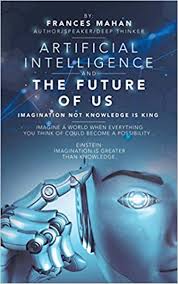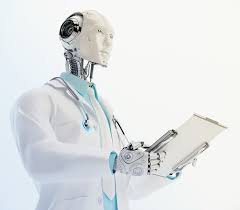Source: themerkle.com
In just one-year job listings for “data scientist” increased by an incredible 15,000% between 2011 and 2012. The need for data scientists is expected to continue to grow as more and more data is created each day. In 2013 IBM reported that between 2011-2013 90% of the world’s data had been created just in the two years prior to that. And now it is estimated that in the next 5 years 175 billion terabytes of data will be created every day. By 2020 there will be over 2.7 million data scientist job openings to take on this massive growth.
Data science is a continually growing field and anyone can become a data scientist. According to Dr. Jenn Gamble, Director at Noodle.ai:
“You don’t necessarily need a Ph.D. to do data science – you need an aptitude for math and a creative, problem-solving mentality.”
Data scientists use heterogeneous data to solve complex problems and their position just requires learned skills in mathematics, computer science and more.
Data scientists also use advanced tools that help them understand and analyze the data they collect. Among the most popular tools of the trade is Python, a software development language based on C; PyTorch, an open-source machine learning framework and R, a programming language and free software used for statistical analysis. Another growing tech need is data storage methods that are scalable and optimized with AI. One method is “In the Cloud” which gives teams the ability to share and collaborate easily and, “At the Edge” which allows for more complex secure sharing at the source.
Data scientists and powerful tech are essential to today’s growing data. The most popular jobs in this field today are data engineers, software engineers, and AI hardware specialists. Someone in these roles will be able to not only build AI software, create new tech but also virtually change the world. To learn more about the history, people, and tech behind data science read on to the infographic below.


